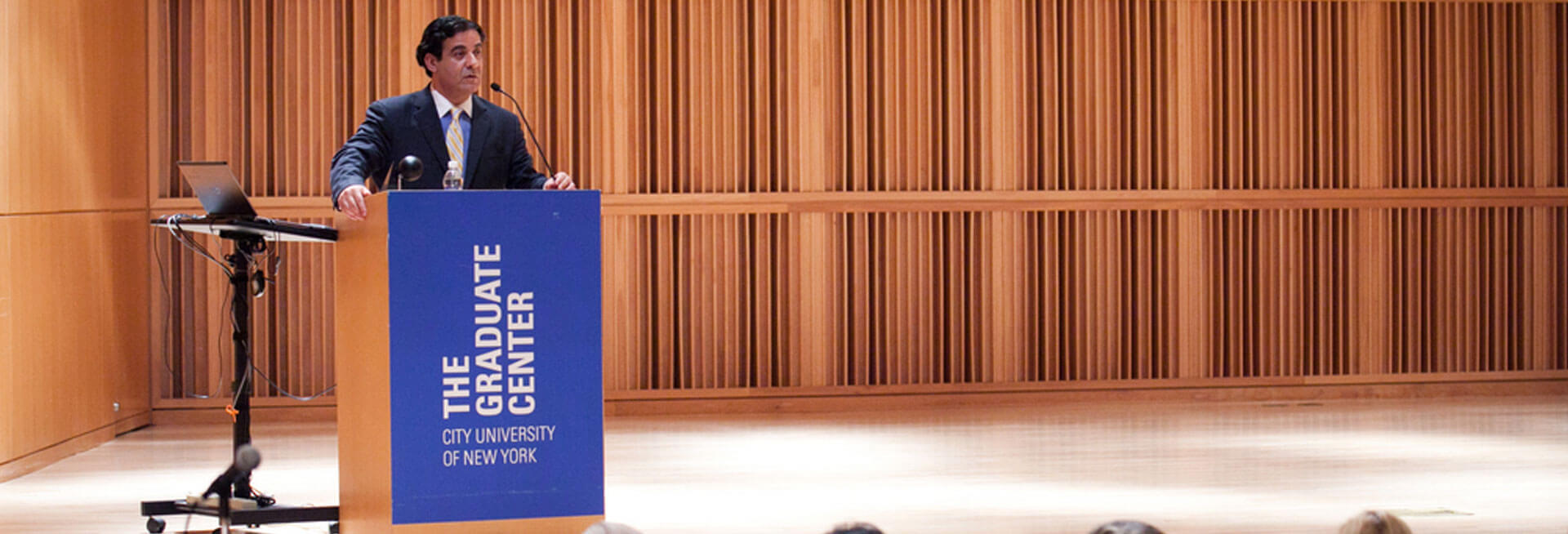It is clear today – five years after our last crisis of 2008 – that the Federal Reserve’s program of “Large Scale Asset Purchases” (LSAP) is a losing proposition.
It is undeniable that the Fed has conducted an all-out effort to restore normal economic conditions over the last five years; however, while monetary policy works with a lag, the LSAP shows no measurable benefit. This lapse of time is now far greater than even the longest of the lags measured in the extensive body of scholarly work regarding monetary policy.
As I said it multiple times already, Quantitative easing never helped Main Street or the average American. It only helped big banks, corporations and investors alike. Not only have the Fed not improved matters, they have actually made economic conditions worse with their experiments.
So what’s wrong with the Fed’s policies?
1. The Fed never had a clear policy rule or strategy for asset purchases. Without such a framework, investors do not know the conditions under which (asset buys) will occur or be unwound. This undercuts the efficacy of policy targeted at long-term asset values.
2. Instead of producing positive economic developments, the Fed’s relentless buying of massive amounts of securities has had significant negative, unintended consequences. For example, banks have a limited amount of capital with which to take risks with their portfolio. With this capital, they have two broad options: First, they can confine their portfolio to their historical lower-risk role of commercial banking operations—the making of loans and standard investments. With interest rates at extremely low levels, however, the profit potential from such endeavors is minimal. Second, they can allocate resources to their proprietary trading desks to engage in leveraged financial or commodity market speculation. By their very nature, these activities are potentially far more profitable but also much riskier. Therefore, when money is allocated to the riskier alternative in the face of limited bank capital, less money is available for traditional lending. This deprives the economy of the funds needed for economic growth, even though the banks may be able to temporarily improve their earnings by aggressive risk taking.
While stock market investors benefited, this did not carry through to the broader economy. The net result is that Large Scale Asset Purchases worsened the gap between high- and low-income households. Indeed, it’s now known to everyone that quantitative easing increases inequality. A rise in stock prices generated by excess reserves may sap, rather than supply, funds needed for economic growth. The money multiplier is 3.1. In 2008, prior to the Fed’s massive expansion of the monetary base, the money multiplier stood at 9.3, meaning that $1 of base supported $9.30 of M2.
If reserves created by LSAP were spreading throughout the economy in the traditional manner, the money multiplier should be more stable. However, if those reserves were essentially funding speculative activity, the money would remain with the large banks and the money multiplier would fall. This is the current condition.
The September 2013 level of 3.1 is the lowest in the entire 100-year history of the Federal Reserve. Until the last five years, the money multiplier never dropped below the old historical low of 4.5 reached in late 1940. Thus, Large Scale Asset Purchases may have produced the unintended consequence of actually reducing economic growth. Indeed, 81.5% of money created through quantitative easing is still sitting there gathering dust, due to a conscious decision by the Fed to tie up the money and prevent from being loaned out to Main Street.
No wonder even former and current Fed officials have slammed the Fed’s policies over the last 5 years.
Now you know.
Share your thoughts…
By :� Ziad K Abdelnour
Ziad is also the author of the best selling book� Economic Warfare: Secrets of Wealth Creation in the Age of Welfare Politics (Wiley, 2011),
Mr. Ziad Abdelnour continues to be featured in hundreds of media channels and publications every year and is widely seen as one of the top business leaders by millions around the world.
He was also featured as one of the� 500 Most Influential CEOs in the World.











